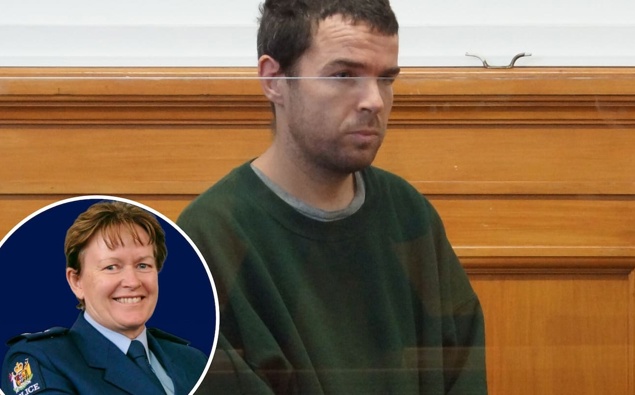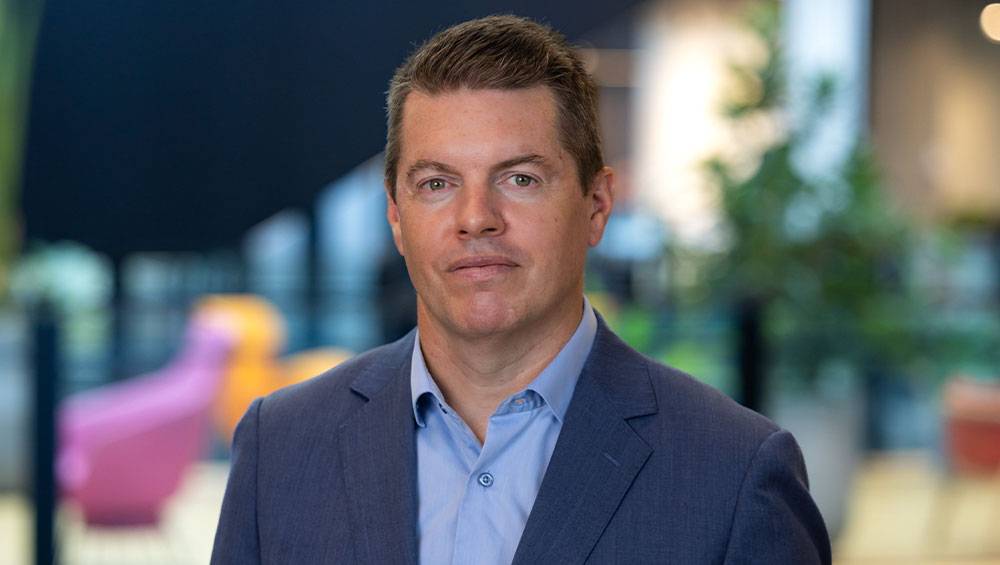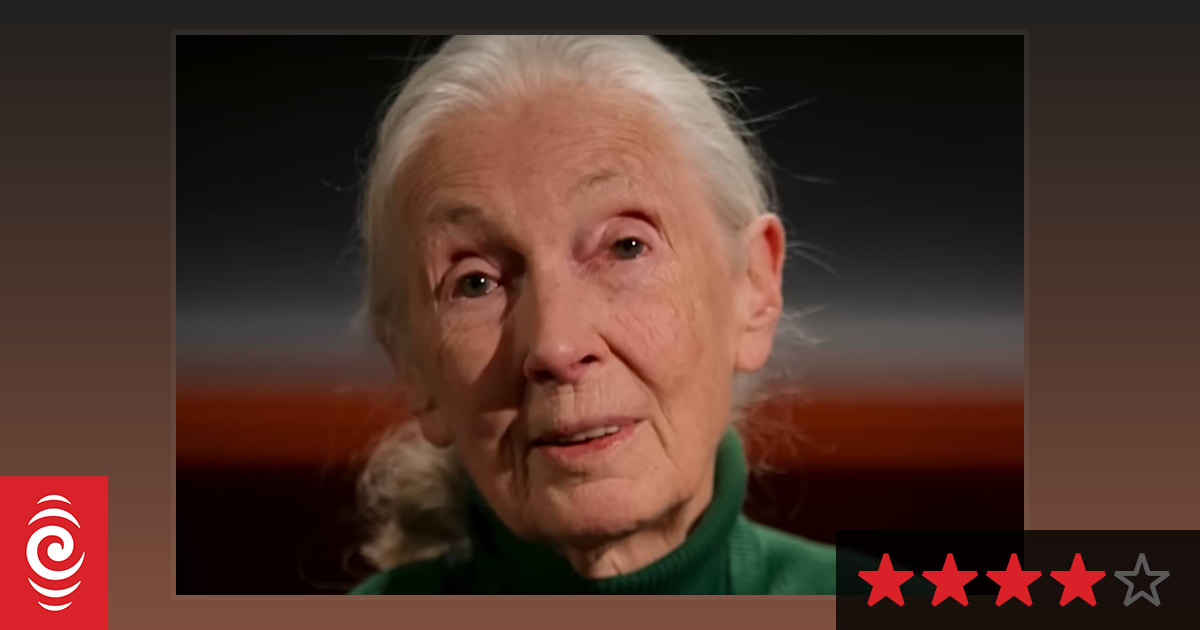
Trial for the man accused of murdering Nelson police officer moved to Christchurch
The trial for a man accused of killing Nelson policewoman Senior Sergeant Lyn Fleming is being moved to Christchurch. Hayden Donald Jason Tasker, 32, has been charged with murdering Fleming and intentionally causing grievous bodily harm to Senior Sergeant Adam Ramsay in the early hours of New Year’s Day. The pair were struck by a vehicle in Nelson’s Buxton Square car park while on patrol. Tasker pleaded not guilty to the charges at an earlier hearing. In the High Court at Wellington this morning, Justice Dale La Hood said the case would be transferred to the High Court at Christchurch. A pretrial hearing will be held there in March next year. Tasker, who appeared by audio-visual link, made no comments during the short hearing. Catherine Hutton is an Open Justice reporter, based in Wellington. She has worked as a journalist at the Waikato Times and RNZ. Most recently, she was working as a media adviser at the Ministry of Justice.







